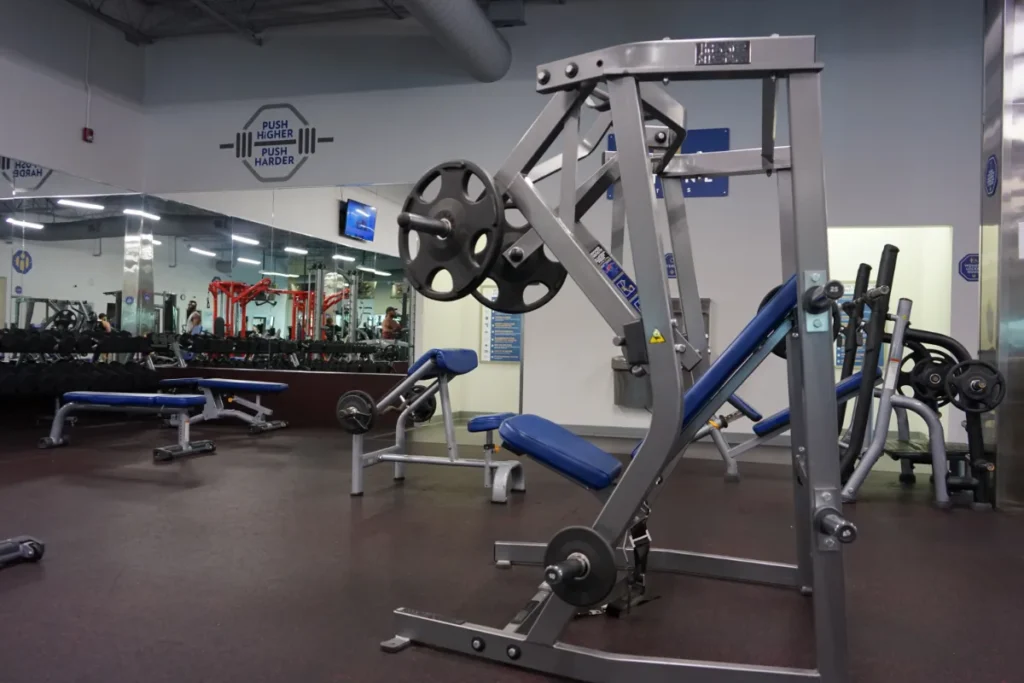Recovering from hip surgery can be a challenging process, and reintroducing physical activity must be done carefully. Yoga, known for its gentle stretching and strengthening exercises, can be beneficial during the recovery phase post-hip surgery, but it requires some modifications and precautions. Here’s what you need to know about practicing yoga after hip surgery.
Consult your healthcare provider
Before starting or resuming any form of exercise after hip surgery, the first step is always to consult with your healthcare provider.
- Medical clearance: It’s crucial to get clearance from your surgeon or physical therapist to ensure that yoga poses won’t compromise your surgical recovery.
- Guidance on limitations: Discuss any specific movements or poses that should be avoided based on the type of surgery and your individual recovery progress.
Benefits of yoga after hip surgery
When done cautiously and under professional guidance, yoga can support recovery by enhancing flexibility, strength, and balance.
Improved flexibility
Yoga gently stretches the muscles around the hip, which can help improve range of motion and reduce stiffness associated with surgical recovery.
Increased strength
Certain yoga poses focus on building strength in the lower body, including the hips, thighs, and core, which are crucial for a full recovery.
Enhanced balance
Recovering from hip surgery often impacts balance. Yoga improves proprioception (the sense of body position) and balance, which are vital for preventing falls.
If you want to join beginner-friendly yoga classes in Lake City, take advantage of the 3-day free pass that HiTone Fitness offers.
Starting yoga post-hip surgery
When you’re ready to start yoga after getting medical approval, keep these guidelines in mind to ensure a safe and effective practice.
Choose the right type of yoga
Opt for gentle yoga styles such as Hatha, Iyengar, or Chair Yoga, especially in the early stages of recovery. These styles emphasize controlled movements and can be easily adapted.
Work with a qualified yoga instructor
Inform your yoga instructor about your hip surgery and any limitations you have. A knowledgeable instructor can help modify poses and offer props to enhance safety and effectiveness.
Use props
Utilize yoga blocks, straps, and cushions to modify poses. Props can help maintain alignment and reduce strain on your hip.
Avoid certain poses
Initially, avoid poses that put direct pressure on the hip, such as deep twists, high-impact poses, or those that require extreme range of motion. Gradually introduce more challenging poses as your recovery progresses.
Listen to your body
Pay close attention to how your body responds during and after practice. If you experience pain or discomfort, particularly in the hip area, reduce the intensity or stop and consult your healthcare provider.
Final thoughts
Yoga can be a part of your recovery strategy after hip surgery, but it should be approached with caution and always under the guidance of healthcare professionals. With the right modifications and a focus on gentle recovery, yoga can help you regain strength, flexibility, and balance, contributing to a successful recovery.





